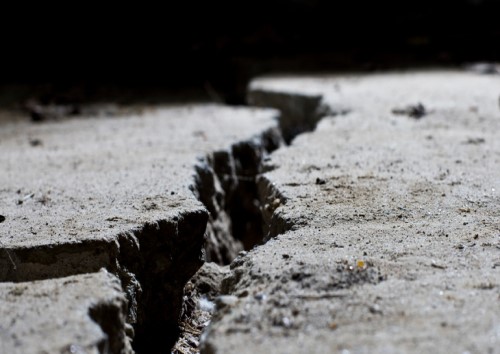

Following a deadly earthquake and tsunami last week, Indonesia is looking at ways to fund its disaster recovery efforts, including selling ‘catastrophe bonds’.
A 7.4-magnitude earthquake struck Sulawesi island on September 28, devastating the city of Palu and surrounding areas, with the damage compounded by the resulting tsunami. The death toll has exceeded 1,400 and is still rising.
According to Suahasil Nazara, head of the fiscal policy office at the Indonesian Finance Ministry, the disaster recovery strategy will be launched later this month, when Indonesia hosts the annual meetings of the International Monetary Fund (IMF) and the World Bank in Bali.
“A disaster could come anytime, no-one can predict, but whenever it occurs, we must have the capacity to address it,” Suahasil was quoted as saying by Reuters on the sidelines of a book launch by the IMF and Bank Indonesia.
Suahasil said that the government will create a disaster risk financing instrument, which local governments can draw on if their budget is insufficient to respond to a natural catastrophe.
He outlined that the instrument will be managed using “an insurance-type of process” and will likely be reinsured with the help of local and global reinsurance companies.
The government is also looking at ‘catastrophe bonds’, which were described as a type of debt where the issuer pays interest, but receives the capital only in the event of a disaster.
However, to implement these plans, many regulations, including the Treasury Law, must be amended, Suahasil said.
National Disaster Mitigation Agency spokesman Sutopo Purwo Nugroho said that the damage caused by the recent earthquake will greatly exceed that caused by an earlier quake in Lombok, which inflicted IDR12 trillion (US$) in losses and killed 500 people.
